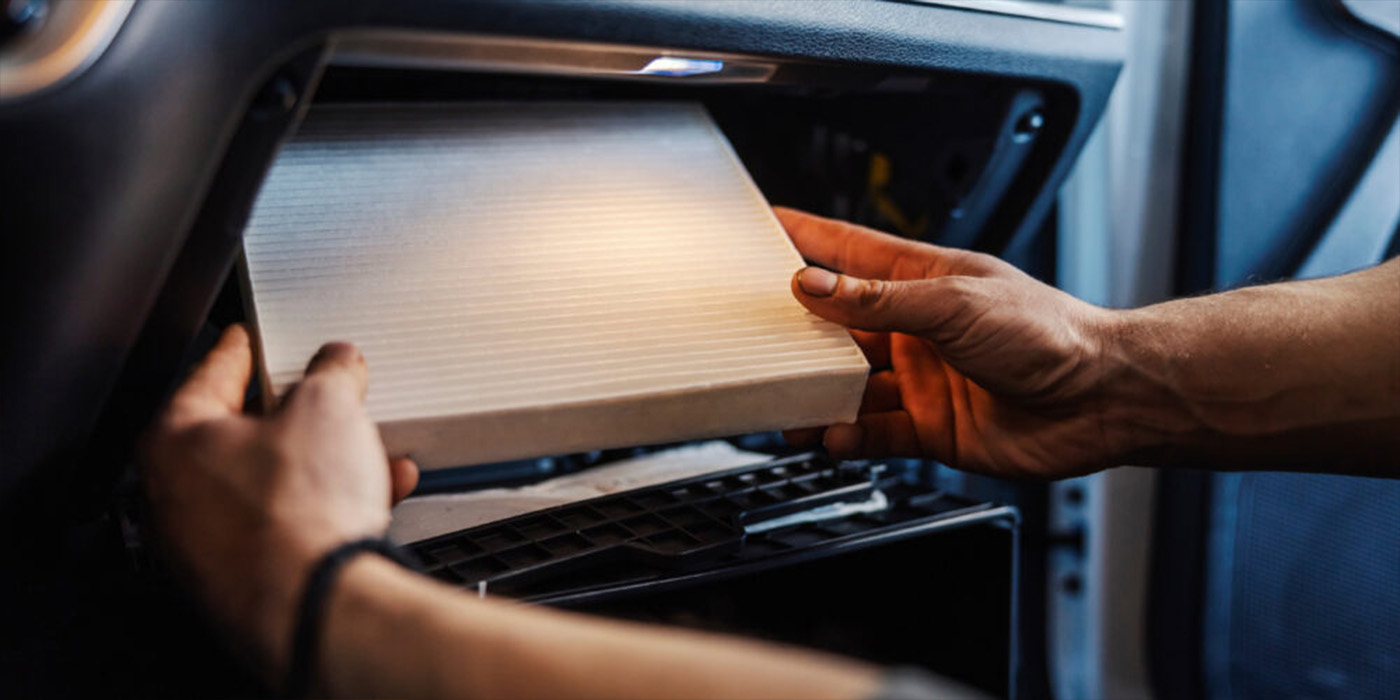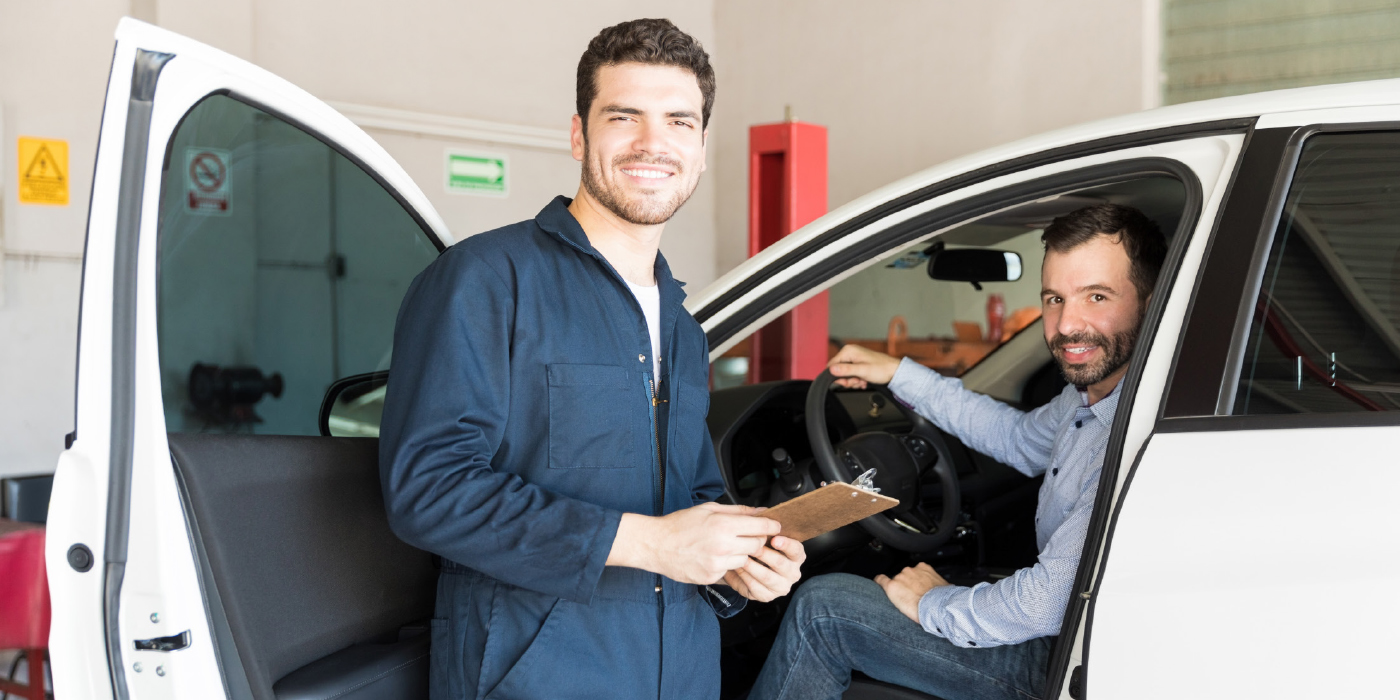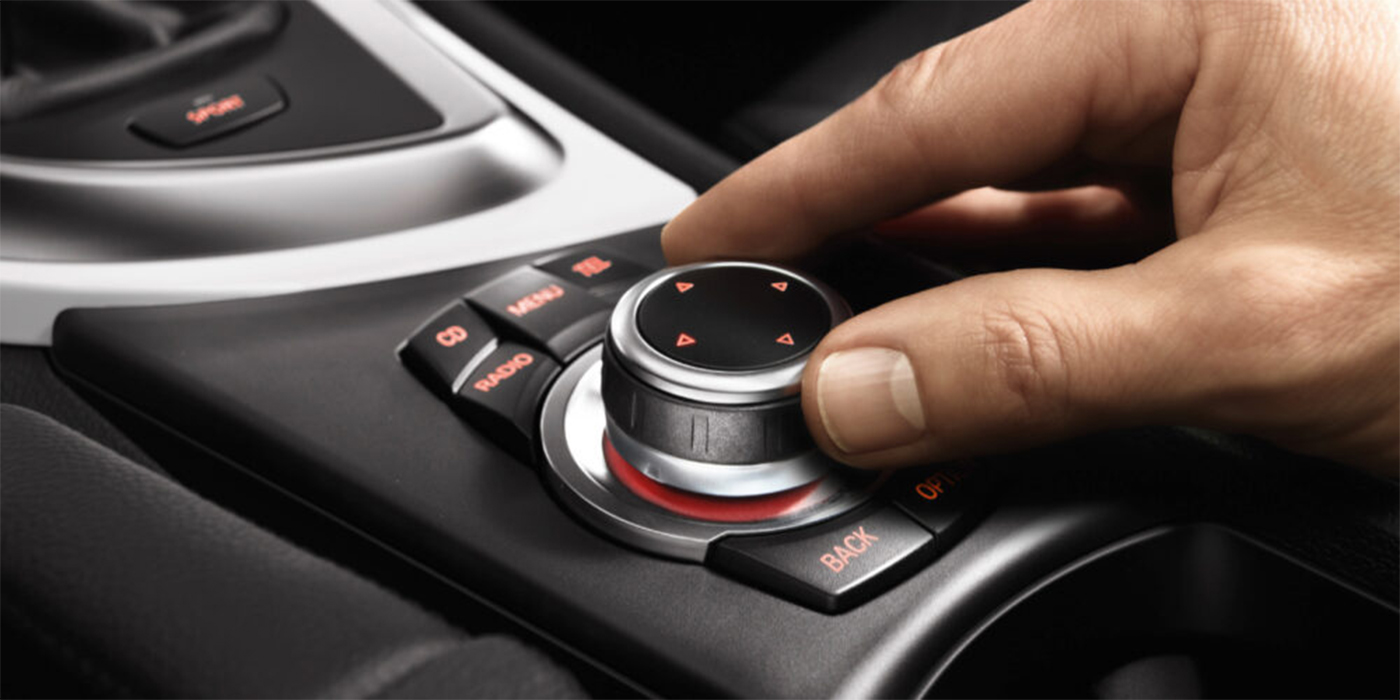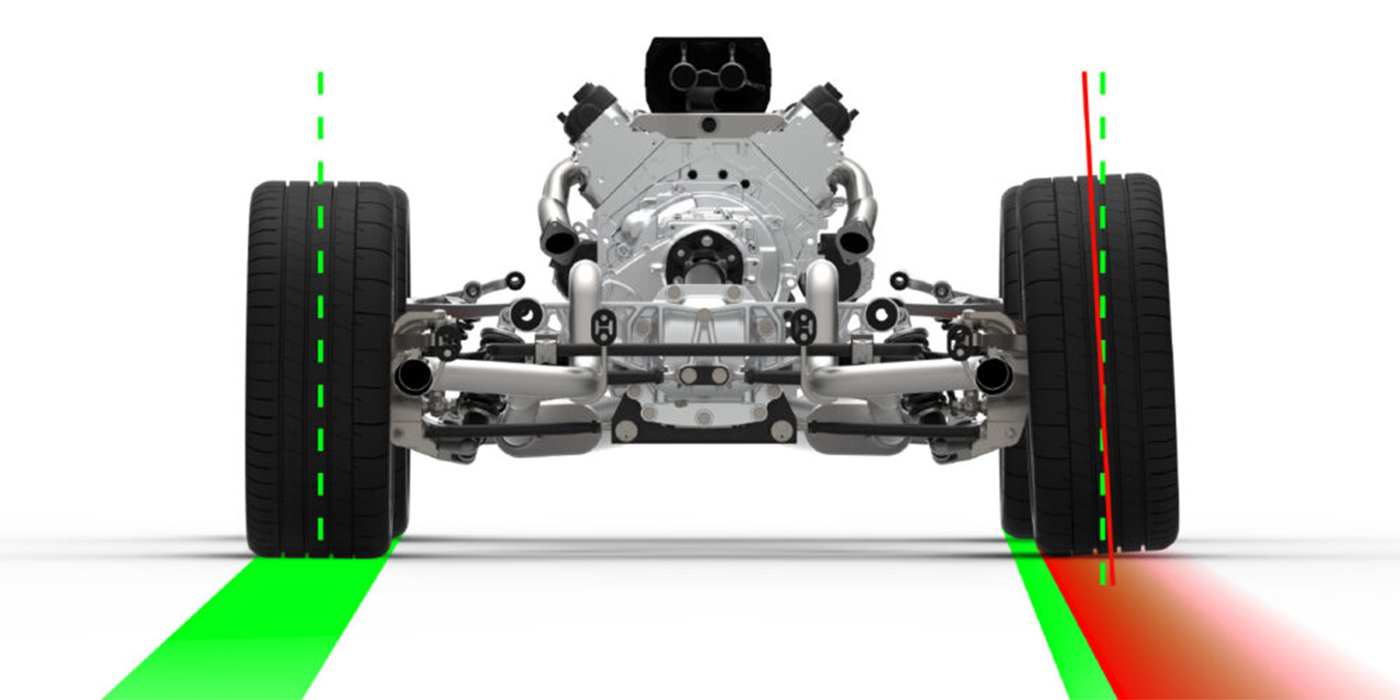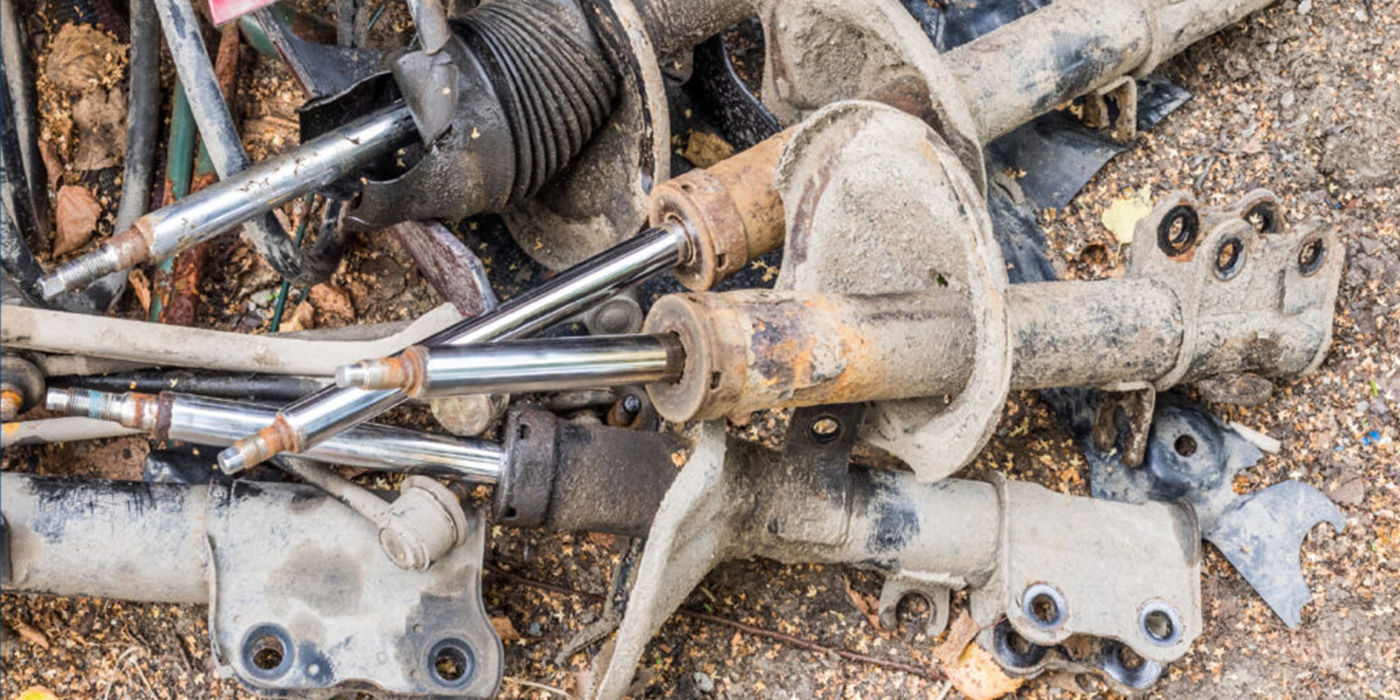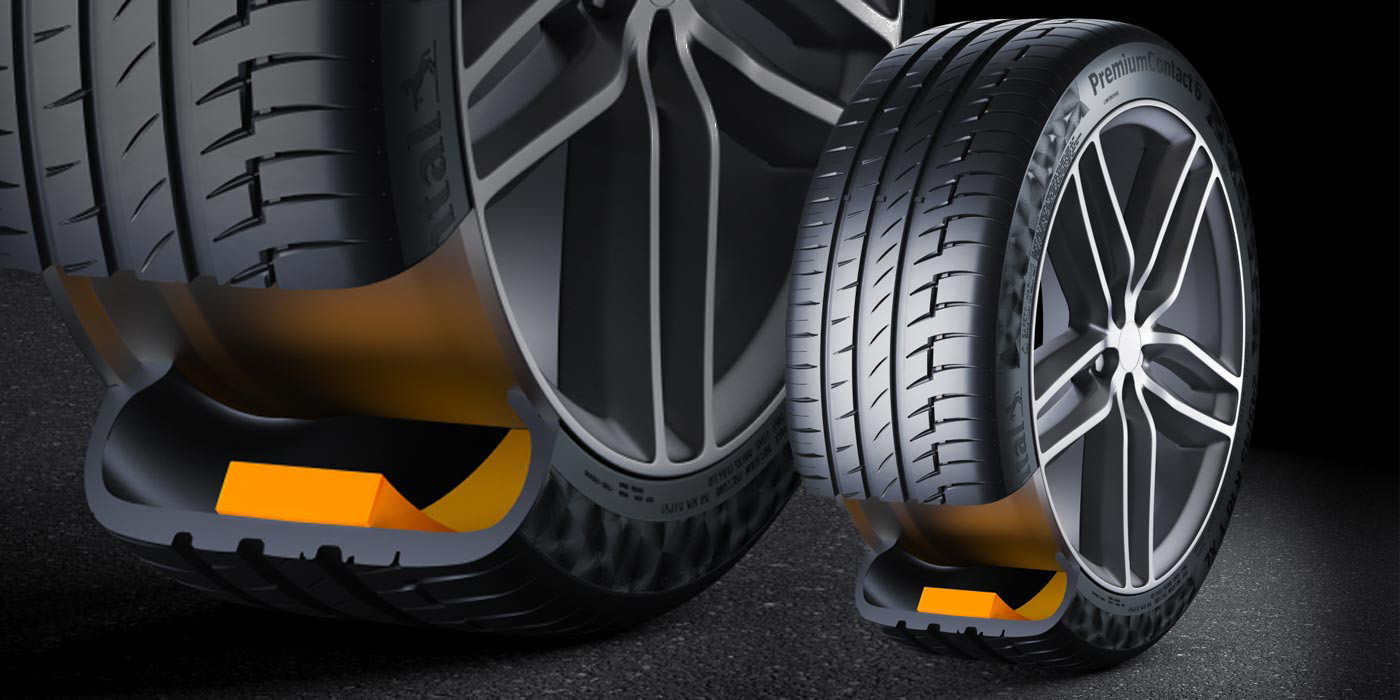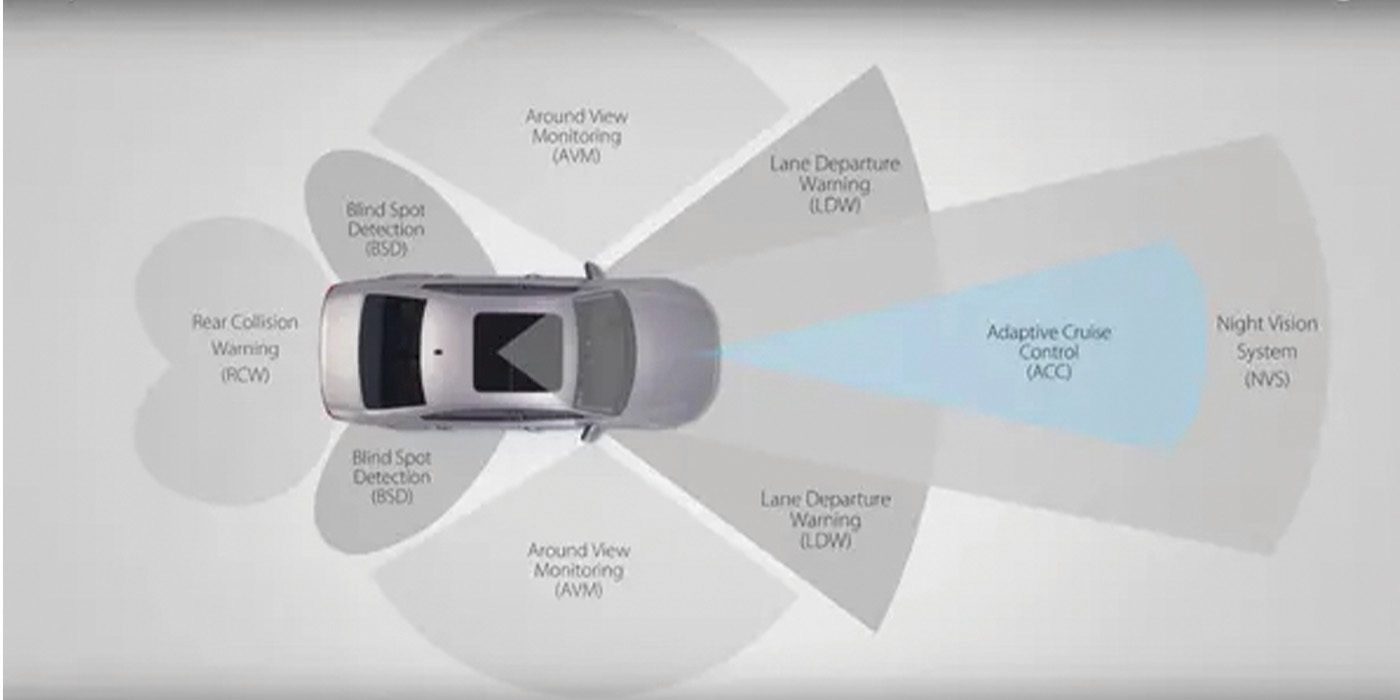By Uwe Kleinschmidt, CEO
AutoVitals.com
 In the first three parts of this article series, we talked about the ways that you can use web technologies to enhance customer service, increase customer satisfaction, create satisfied repeat customers and improve your shop’s bottom line in the process.
In the first three parts of this article series, we talked about the ways that you can use web technologies to enhance customer service, increase customer satisfaction, create satisfied repeat customers and improve your shop’s bottom line in the process.
In this article, I want to talk specifically about the web technology everyone else is buzzing about — social media — and how it can change the world of advertising for local businesses like yours.
Social Media – Hype, Curse or Opportunity?
Many auto repair shops have tried social media, approaching it the same way that they have all of their other advertising — and then questioning the value of social media when it doesn’t pay off the way they expected. The reality is that social media can be extremely valuable and effective if you take the right approach.
Traditional Advertising vs. Social Media
There are many ways in which traditional advertising and social media differ, but, first, a clarification: when I say “traditional advertising,” I’m referring to the typical advertising channels that local businesses use to connect with prospects — like billboards, direct mail coupons, magazine or newspaper ads, and similar efforts. In traditional advertising, you broadcast special offers and promotions in an effort to capture the fleeting attention of a prospect or customer, with the hopes of getting them into your shop.
If you’re using social media in a similar way — as another channel to broadcast promotions — you’ll likely end up very disappointed. Why? Because social media isn’t about broadcasting a message; it’s about sharing information and sparking a conversation. Instead of looking at social media as a one-way street where you push out specials and discounts, think of it as an opportunity to build on the customer relationships you already have in place.
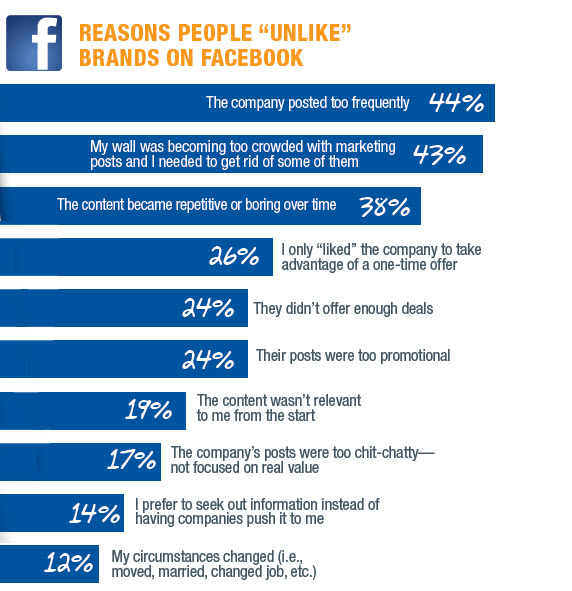
The Word-of-Mouth Potential of Social Media
Imagine that you need an appliance repaired. Would you feel more comfortable taking it to a place your friend recommended, or a shop you saw in a newspaper ad? Assuming you trust your friend’s judgment, you’d likely rather take it to the place your friend suggested. This kind of “word-of-mouth” marketing is extremely credible, and its power is magnified exponentially when viewed in the world of social media.
Think about it this way — in the real world, your happy customer Tom may mention his positive experience to a friend and a neighbor, but in the world of social media, Tom can broadcast his positive experience to all of his Facebook friends or Twitter followers simultaneously. Certainly, it’s much faster to buy an ad in your local newspaper, than it is to invest time in developing a solid social media profile. But when you consider the word-of-mouth potential of social media — and the fact that one happy customer can share his thoughts with hundreds of his friends (and your potential customers) simultaneously — you’ll realize what’s truly at stake.
Social Media: It’s the Message, Not the Medium
So you’re posting content to your Facebook or Google Plus page on a regular basis, but you aren’t seeing much engagement — few people are “liking” your posts and even fewer are commenting on them, and your appointment calendar hasn’t seen the boost you wanted. It must be that social media just isn’t going to work for your shop, right? Not necessarily.
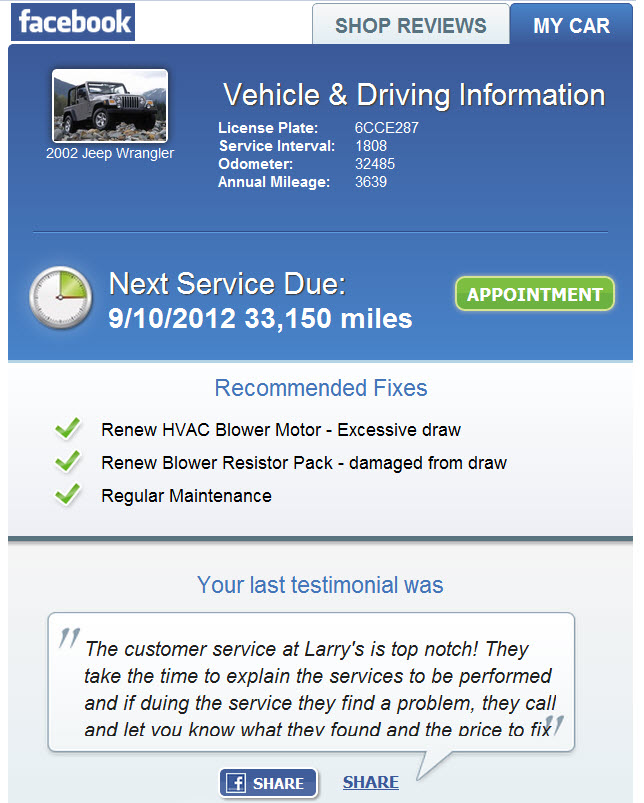
Many shops and other local businesses have sworn off social media, having put effort into posting content, only to be disappointed with the results. But there’s a good chance that the problem lies in the message, not the medium! Consider this — if your business posts content focused only on coupons and promotions, you’re setting yourself up to solve a particular problem, instead of providing content that has real long-term value. If all you post are promotions, people don’t feel the need to connect with your business. After all, when they need service in the future, they’ll just look around for another coupon.
If you’re a bit skeptical that you shouldn’t focus your social media content on promotions, you’ll be interested in research conducted by CoTweet and ExactTarget that identifies the top reasons why people “unlike” Facebook brand pages.
As you can see in the “Reasons People “Unlike” Brands image, brands that post too frequently drive away the highest number of visitors, but the frustration over being bombarded with too many promotional messages comes in a close second. And when you consider all of the reasons identified, it’s reasonable to draw the conclusion that when it comes to social media, creating valuable content is a “must have” if you want to stay in the game.
Creating Meaningful Social Media Content
Local businesses, and especially service advisors, have a huge advantage when it comes to fostering the online relationship. After all, you’ve had the chance to have a conversation with the customer while they were in your shop, so continuing that conversation on Facebook could be a natural next step in that experience. But what’s the best way to continue the conversation? By reminding your customer of the benefits of an oil change (when he just had the service done in your shop last week), or offering a $20 off brake repair coupon to anyone who presses the “like” button? Probably not — these narrow narratives offer little long-term value.
Instead, when your customers are at the counter, take the opportunity to ask what kinds of things they’d find interesting, and then create and adjust your posts accordingly. If they’re like most people, they’ll want to learn something, but they’ll also want to be entertained and amused. So make sure your main interaction with customers is via interesting, clever posts that stay loosely on the “car” topic, without every post needing to focus on car services.
Power Facebook users may want you to take a step further, providing them with private and secure details about their personal vehicle data while on your Facebook business page, which is completely possible. The main thing to remember is to ask your customers what interests them, then try different types of content and posts to determine which ones get the most engagement.
The Social Media Opportunity
Unlike a one-time advertising buy aimed at reaching new customers, social media is a challenging, but extremely effective, way of leveraging your existing relationships. By taking the power of word-of-mouth marketing and magnifying it, social media is a great way for businesses to get their messages in front of current and prospective customers. Developing a social media content strategy that focuses on providing meaningful messages will allow you to give customers and their friends truly valuable information, which will keep them coming back for more.
Please join me at http://blog.autovitals.com to keep up to date with the newest web technologies and to share your thoughts and experiences using web technologies in your own shop.
Uwe Kleinschmidt is the CEO and founder of AutoVitals in Santa Barbara, CA. The company’s Web-based services focus on the independent automotive repair industry. AutoVitals’ products facilitate highly effective Concierge Auto Repair services, covering all aspects of the service advisor’s interaction with prospective and existing customers. Highly effective and optimized websites, workflow support in the shop, as well as customer retention and social media services are just a few ingredients. He can be reached by visiting blog.AutoVitals.com or calling 1-866-949-2848.

